What all the entrepreneurs of Marie Kondo can learn
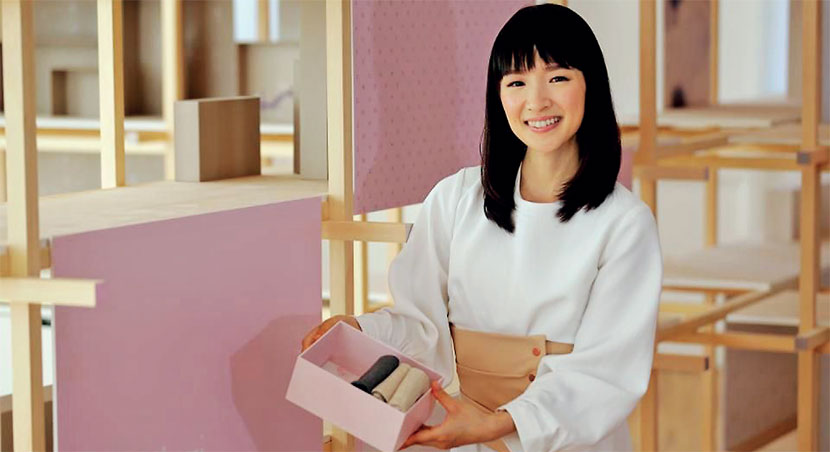
As I understand it, the book The Magic of Cleaning that Changes Life is not on your list with leadership. In general, I do not recommend that women (or men) refer to the HGTV gurus in their workplace. It’s something that does not usually increase your status. But Marie Kondo is a woman who has something new to say: a simple and convincing message for a world full of things. I recently saw his new Netflix programme, then I was surprised by a friend of his attraction. I started to wonder what makes your message so compelling. What is the deepest wisdom here? Next, I would like to interpret it in a business context. The central message of Kondo is clear. First, it should be noted that your message, time and distribution are impeccable.
Obtain an A + in commercial communication. Among the things and ideas we have gathered for less than 20 years in the new millennium, has an answer. And do not hesitate to repeat it repeatedly, with conviction, no matter where you are at home or in your office. (If you have not seen her clean the writer’s office of Ellen Degeneres, you must do it, a mermaid). Second, its simple message is surprisingly stratified and significant. When Kondo begins to waste time in a room, he begins to meditate quietly on his knees, thanks to the space and the objects that are there for the quality of his work. At first this may seem absurd, but start thinking. . . His message about “sparkling joy” is perhaps bigger than we think.
Lifeless objects deserve to be appreciated, even respected. When I saw Kondo kneeling in Troy’s office, I had to think about my relationship with my laptop and my iPhone, not to mention my car and many other things I use at home and at work. I rarely notice them or appreciate them when they do what they should do, and if they do not, I do not show them respect and I often verbally insult them. However, all the research predicts that if I could feel gratitude for the work and get angry quickly, I was slowing down my professional performance. Gratitude makes us happier and more productive, and hassle reduces our energy and often inhibits cognitive performance for minutes or hours.
And much of our modern work and productivity depends on inanimate objects. When you think about it, they are likely to behave as well as others, perhaps for a variety of reasons. Ironically, they often do not work because of human errors. So, I am more aware of my technological presence this week, not so utilitarian. I had a softer touch on my keyboard, which allowed me to slightly lighten my iPhone and my AirPod. I do not push the car so hard and more friendly with myself. I am more aware of ensuring that items are filled and stored as they should be when I do not use them. And that made the difference: often I do not need an interruption when I write and I work in an email.
And I spend less time looking for my buttons and my phone and I get bored when I realize they have little charge. The message in layers is clear: being more present for the inanimate things that allow us to be productive, treat them with respect, can make us even more productive (dare I say happy?). Three basic management principles that support your message. In addition to his fundamental message about the more conscious appreciation of objects, Kondo reminds us: Less damage It is a source of entertainment and energy efficiency, physical, virtual or mental.
If there are too many piles of papers in your home or office, too many applications on your iPhone or Internet favorites on your computer, or too many distractions in your head, the principle is the same. Less confusion makes life at work and at home more comfortable and enjoyable. Concentrate on what you need to do, whether it’s folding a shirt, reading a report or talking to a client. The highest performances and many are the ones that support the emotion of joy, do not think constantly about the next goal or the next object that is going to be acquired, but about the current task in the present moment. Create a home for the things you like. Kondo tells the owners that if we do not have a specific place where all the objects should live, do not use it.
A.G.Sonali Silva
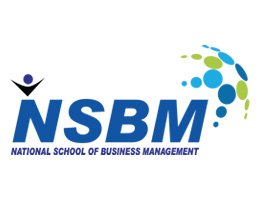

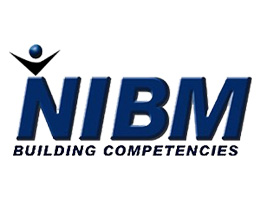

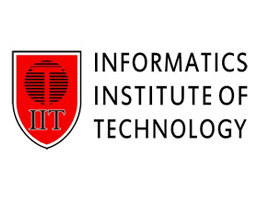
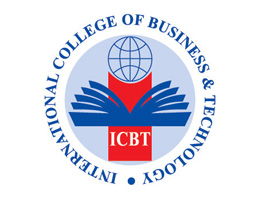

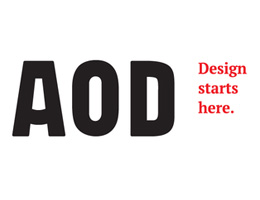





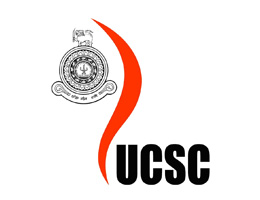


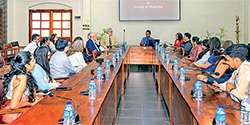




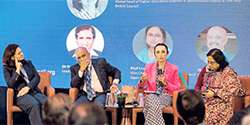



















.jpg)
.jpg)
.jpg)
.jpg)

.jpg)
